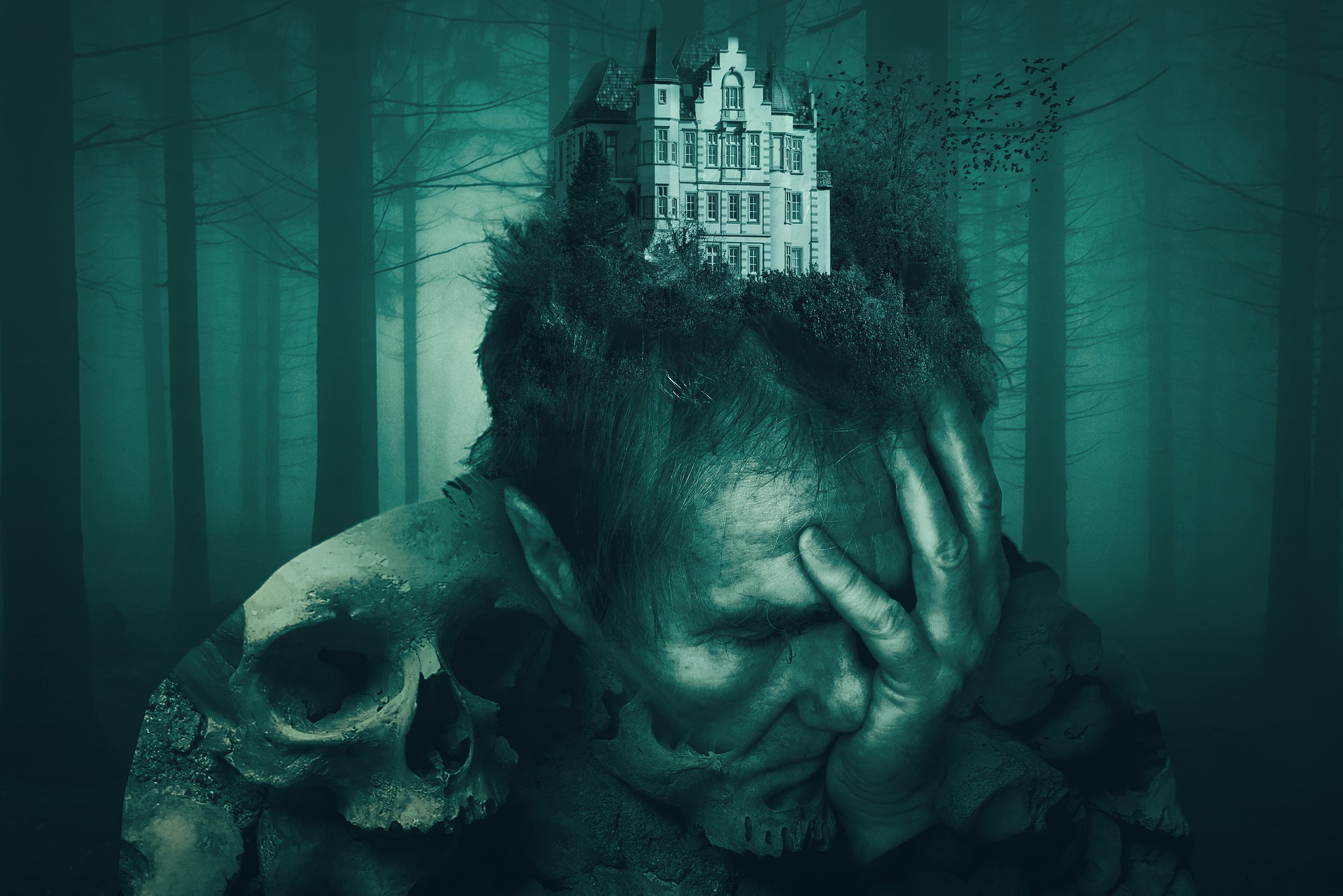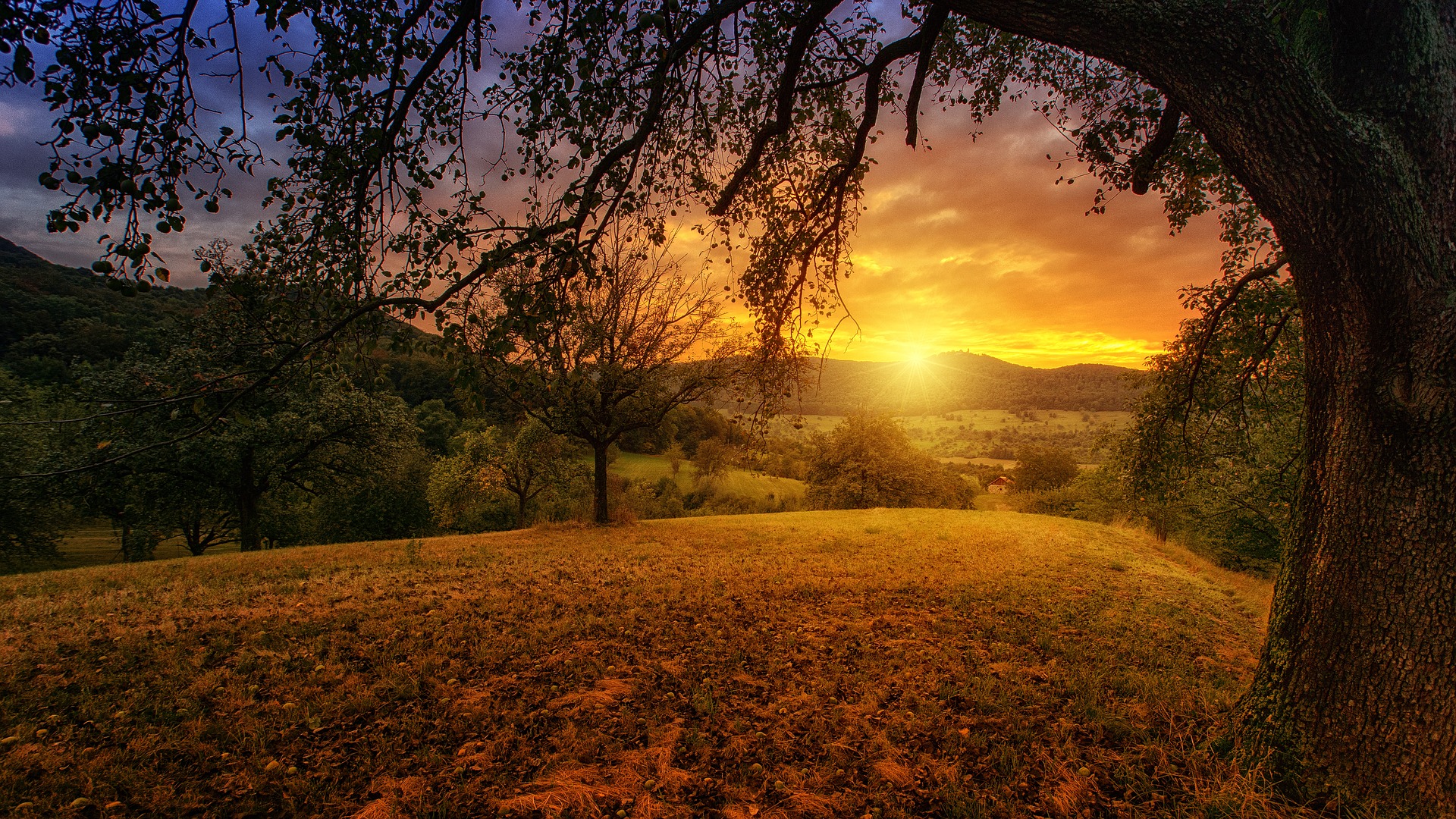During Lughnadash/Lammas the fields are full and fertile and crops are at the peak of their abundance. During the late summer months the gardens are ripe for picking and summer bounty is at it’s finest.
Throughout history, this was a time for celebration for nearly every culture. It has huge agricultural significance for the season and many different gods and goddesses where honoured and given thanks for a bountiful harvest. Festivals and rituals were often held for these deities to bless the fields for a bountiful harvest in the years to come. Here is a list of some of the God and Goddesses worshipped at Lughnasadh/Lammas to help you add to your holiday celebration.
Adonis (Assyrian): Adonis can be seen throughout many cultures. Although he’s often portrayed as Greek, his origins are in early Assyrian religion. Adonis was a god of the dying summer vegetation. In many stories, he dies and is later reborn, much like Attis and Tammuz.
Attis (Phrygean): He was a lover of Cybele, went mad and castrated himself. He was then turned into a pine tree at the moment of his death. In some stories, Attis was in love with a Naiad, and jealous Cybele killed a tree (and subsequently the Naiad who dwelled within it), causing Attis to castrate himself in despair. His stories deal with the theme of rebirth and regeneration.
Baal (Phoenician) : Yes, Baal is a demon and a well known one amongst black magicians, but like most demons he once had a very significant place in the Phoenician Pantheon as a fertility god. Baal was Killed by his brother Mot, but Baal’s lover and sister Anat attacks and murdered Mot, allowing Baal to be restored. Then together they make the Earth Fertile and ready for the coming years crops.
Ceres (Roman): Ever wonder why crunched-up grain is called cereal? It’s named for Ceres, the Roman goddess of the harvest and grain. Not only that, she was the one who taught lowly mankind how to preserve and prepare corn and grain once it was ready for threshing. In many areas, she was a mother-type goddess who was responsible for agricultural fertility.
Cronus (Greek) : God of the harvest and former father of the universe (before Zeus took over). Often shown with a sickle in hand, Cronus was long considered a patron of the harvest even though this is not what he is most well-known for. He had his own holiday, called the Kronia, when the Greeks celebrated the harvest. It was held in the month of Hekatombaion, with equates roughly to July/August.
Danu (Celtic) : Mother goddess. She is associated with the land as well as creation.
Dagon (Semitic): Some of you will also recognize Dagon as a Demon. In the past he was worshipped by an early Semitic tribe called the Amorites. He is a god of fertility and agriculture. Dagon is also mentioned as a father-deity type in early Sumerian texts and sometimes appears as a fish god. Dagon is credited with giving the Amorites the knowledge to build the plough.
Demeter (Greek): The Greek equivalent of Ceres, Demeter is often linked to the changing of the seasons. She is often connected to the image of the Dark Mother in late fall and early winter. When her daughter Persephone was abducted by Hades, Demeter’s grief caused the earth to die for six months, until Persephone’s return.
Hestia (Greek) : Goddess of the hearth. Protector goddess and guardian of the homes of mortals who honored her as well as the hearth fire of Olympus. Lammas, like all Sabbats, is based on the sun’s movements and changing of the seasons. So gods and goddesses associated with fire come into some measure of prominence at these times, even if the main celebration of the holiday isn’t on the sun.
Lugh (Celtic): Lugh was known as a god of both skill and the distribution of talent. He is sometimes associated with midsummer because of his role as a harvest god, and during the summer solstice the crops are flourishing, waiting to be plucked from the ground at Lughnasadh.
Mercury (Roman): Mercury is the messenger of the Roman gods. In particular, he was a god of commerce and is associated with the grain trade. In late summer and early fall, he ran from place to place to let everyone know it was time to bring in the harvest. In Gaul, he was considered a god not only of agricultural abundance but also of commercial success.
Neper (Egyptian): This androgynous grain deity became popular in Egypt during times of starvation. He later was seen as an aspect of Osiris, and part of the cycle of life, death and rebirth.
Parvati (Hindu): Parvati was a consort of the god Shiva, and although she does not appear in Vedic literature, she is celebrated today as a goddess of the harvest and protector of women in the annual Gauri Festival.
Pomona (Roman): This apple goddess is the keeper of orchards and fruit trees. Unlike many other agricultural deities, Pomona is not associated with the harvest itself, but with the flourishing of fruit trees. She is usually portrayed bearing a cornucopia or a tray of blossoming fruit.
Renenutet (Egyptian) : The Goddess of nourishment, the harvest, and fertility. Also goddess of the soul’s true name. Sometimes considered the wife of Sobek.
Saturn (Roman) : God of the harvest and agriculture. Also a god of justice and strength. Although Saturn has his own festival (the Saturnalia) in December, he can be honored at any of the harvest Sabbats for his role in agriculture. He’s often considered the counterpart to Greek Cronus and was also the father god before Jupiter took over.
Sobek (Egyptian) : The crocodile god and god of the Nile. In Egypt, the flooding of the Nile is the primary source of essential nutrients and minerals to the fields, so if the Nile does not flood or has a poor flood in a given year, it can cause a bad harvest. Sobek would be important around this time of year as they people would want to thank him for a good harvest. Also a protective god and a creator god.
Tailtiu (Celtic) : She was the foster mother of Lugh. Celtic mythological figure, though not necessarily a deity. She is honored at this festival because she is mostly responsible for the introduction of agriculture to Ireland.
Tammuz (Sumerian): This Sumerian god of vegetation and crops is often associated with the cycle of life, death, and rebirth.
Vesta (Roman): Goddess of the hearth and home. Protector goddess and guardian of the sacred fire.





